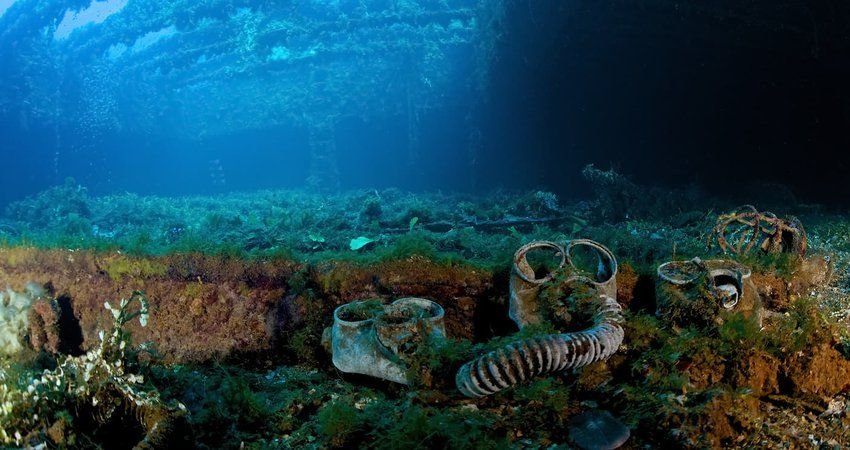Shipwrecks can create some of the most thrilling dive sites for scuba divers. Not only do they attract a large array of marine life, wrecks themselves often come with some mysterious or fascinating history. From former-WWI military vessels to luxury cruise liners, to Southeast Asian ferry boats, this is our list of shipwrecks that should be on every diver’s bucket list.
1. USAT Liberty, Tulamben, Bali
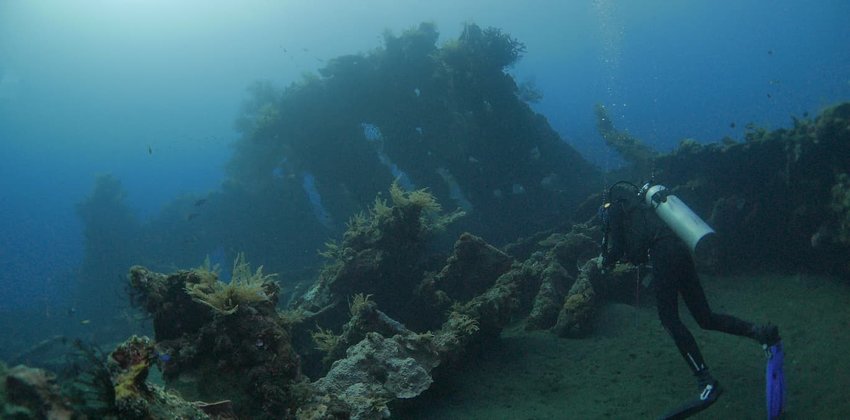
How can one of the best and most popular wreck dives in the world be amazingly accessible and appropriate for even beginner divers? This U.S. Army cargo ship was torpedoed by the Japanese and beached on Tulamben in 1942. An eruption from Mount Agung pushed the ship off the beach to its final resting place in 1963. The Liberty’s location makes it one of the easiest dives in all of Bali. And the rewards are huge. Simply walk into the water from the shore of the pebbly beach in the village of Tulamben, swim several meters out, and you’ve arrived. The wreck starts in roughly 8 meters of water, and because of its position on a slope of stunning black volcanic sand, continues down to roughly 30 meters. The wreck is 120-meters long and has many large open spaces which makes swimming through the wreck possible. The remains are well intact and covered in diverse marine life and coral. Soft coral, huge gorgonian fans, schools of hump head parrot fish, and a countless number of nudibranchs call the Liberty “home.”
2. The Yongala, Australia
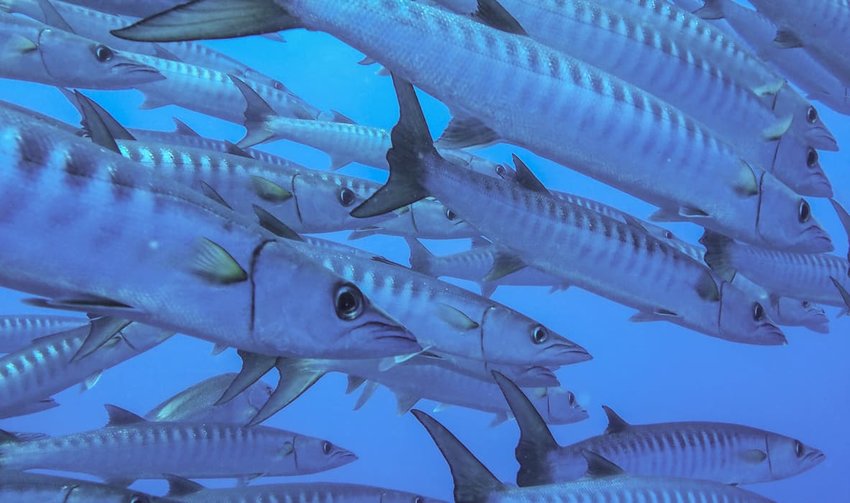
One of the best wreck dives sank in 1911 off the coast of Queensland, Australia due to a vicious cyclone that claimed the lives of all 122 men on aboard. Because this 110-meter ship has spent over a century underwater, it teems with amazing marine life that’s typically not easy to find all in one place. Lucky divers can see manta rays, sea snakes, octopus, groupers, barracuda, turtles, several shark species including bull and tiger sharks, large schools of fish, and lots of healthy corals. The wreck sits at a maximum depth of 28-meters, making it an exciting site for experienced divers. Fun fact: Yongala is protected under the Historic Shipwreck Act, which means penetrating the wreck is forbidden.
3. SS President Coolidge, Vanuatu
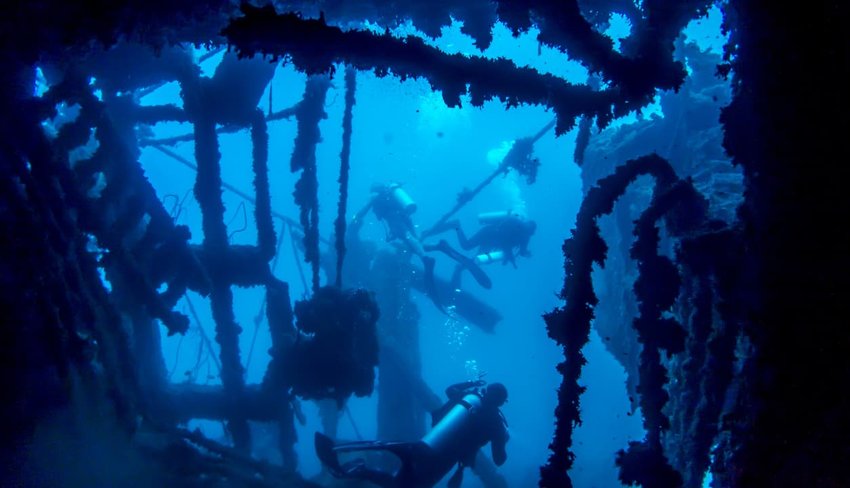
This south Pacific wreck holds nothing back. In fact, there’s so much to see that it’s recommended to do more than one dive here. At nearly 200 meters long and sitting at a depth between 21 – 73 meters, this is one of the most mind-blowing wrecks on the planet. Built in 1931, the ship was originally designed as a luxury American cruise liner. It wasn’t until WWII that it was converted into a military vessel. Unfortunately, underwater mines brought the Coolidge down off the coast of Vanuatu in 1942. Guns, cannons, jeeps, and chandeliers can still be seen amongst the wreckage. One of the most famous sights is in the dining saloon - the ceramic figure of a lady riding a unicorn. Moray eels, turtles, barracudas, and big schools of fish can be seen here, but the main attraction is definitely the wreck itself. Bonus: There are plenty of opportunities to swim through large sections of the wreck.
4. Thistlegorm, Egypt
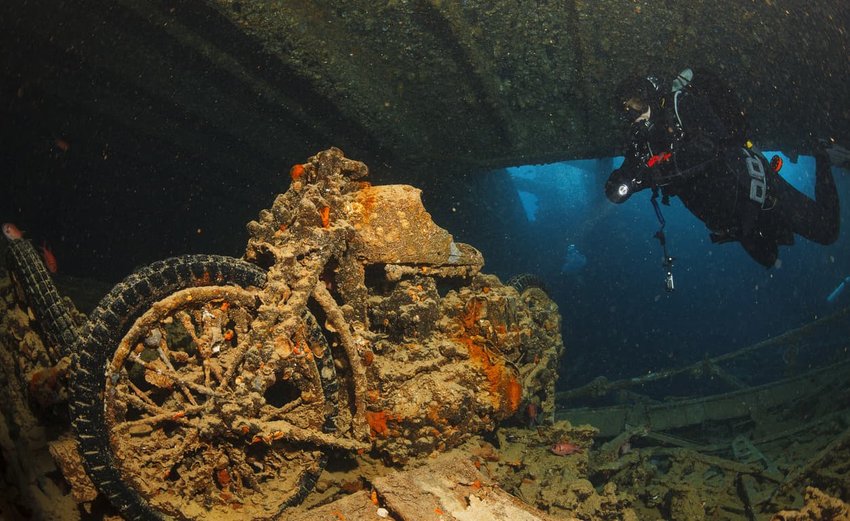
Meaning “Blue Thistle”, this British cargo vessel was attacked by German bombers during WWII and sank in 1941 near Sharm El-Sheikh. At 131-meters long, this wreck sits in two distinct pieces as it split in two at the point of impact. It boasts some incredible artifacts like ammunition, motorbikes, trucks and more which can be viewed through the split hull. It’s possible to swim through the different holds of the ship and view the cargo and artifacts which have been impressively preserved. The depth (maximum around 30 meters) and the water conditions (subject to strong currents) makes this a suitable site for experienced divers. Trevallies, batfish, crocodilefish, turtles, and large schools of fusiliers can be seen here.
5. USS Oriskany, Florida, U.S.A
This wreck makes the list for its sheer size. At a staggering 270 meters long, it’s the biggest shipwreck to make the list. The Oriskany was sunk on purpose in 2006 to create an artificial reef (now the biggest of its kind in the world!) and dive site off the Floridian panhandle city of Pensacola. The wreck lies between 24 – 65 meters. The shallower parts are appropriate for recreational diving while the deeper portions and penetration should be saved for those trained in technical diving. A variety of sharks can be seen here including whale sharks, as well as the wacky looking Mola mola (sunfish), groupers, manta rays, barracudas, octopus, and lots of macro-life. We bet it’ll take multiple dives to wrap your head around the “Mighty O.” Fun fact: this warship earned battle stars in both the Vietnam and Korean wars before being decommissioned in 1976.
6. Fujikawa Maru, Chuuk Lagoon, Micronesia
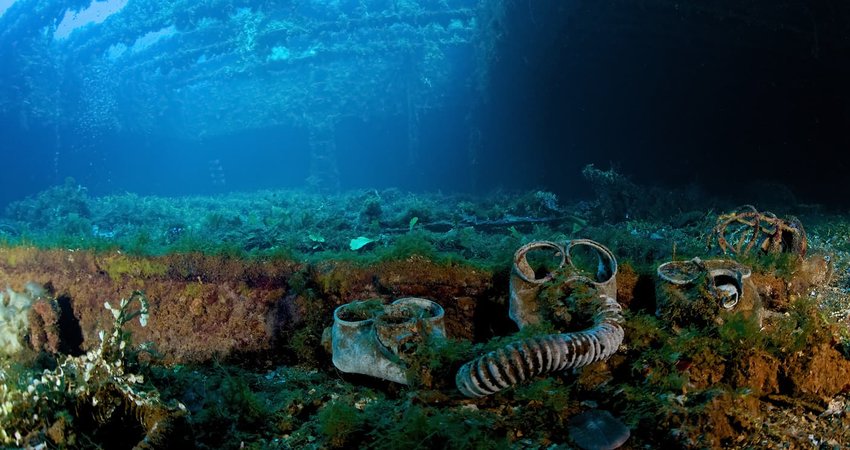
The location alone is renowned in the world of wreck diving. Chuuk Lagoon served as a Japanese Navy base during WWII and was attacked by American forces. The lagoon is littered with shipwrecks, making it a dream come true for wreck diving enthusiasts. It’s difficult to highlight only one, but the Fujikawa Maru is a favorite among many divers. Starting at just 5 meters and reaching a depth of over 30, this dive can be thoroughly enjoyed by both inexperienced, advanced, and even technical divers. The site is alive with coral and heaps of marine life, but the highlights are probably the massive 3-floor engine room, the intact bow gun, and the Zero fighter planes which can be seen in one of the five holds.
7. King Cruiser, Thailand
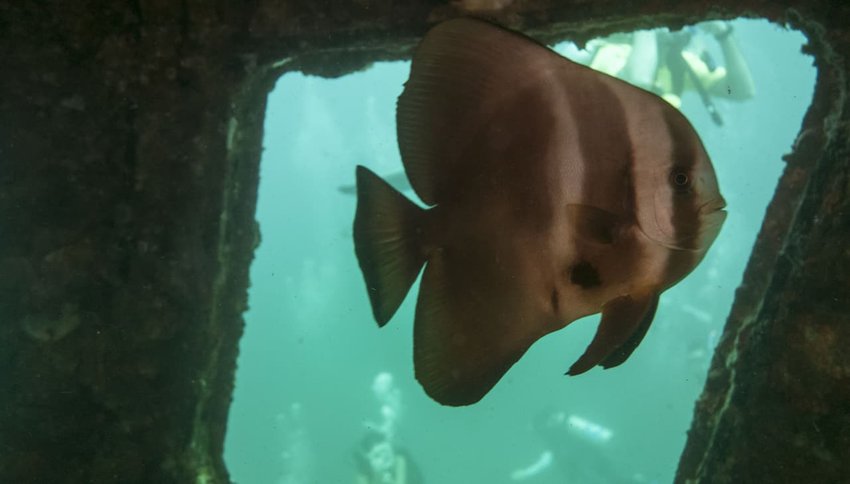
A notorious wreck in the Andaman Sea, the King Cruiser is accessible from the west coast islands of Koh Phi Phi, Phuket, and Koh Lanta. The passenger ferry sank in 1997 on its way from Phuket to Koh Phi Phi after hitting a reef. This 85-meter long wreck has earned a reputation for being an unpredictable but thrilling dive site. With chances for low visibility and strong currents, this site is not for the inexperienced. However, it is certainly rewarding regardless of water conditions. The King Cruiser starts at about 12 meters and reaches the ocean floor at 30 meters. Groupers, barracudas, moray eels, large schools of snappers, and lionfish can all be found here.
